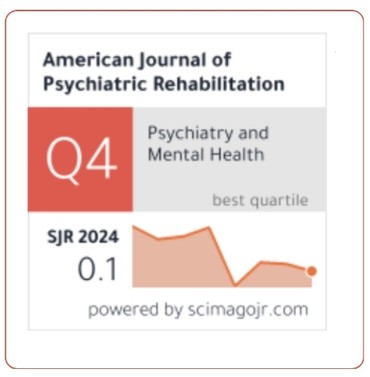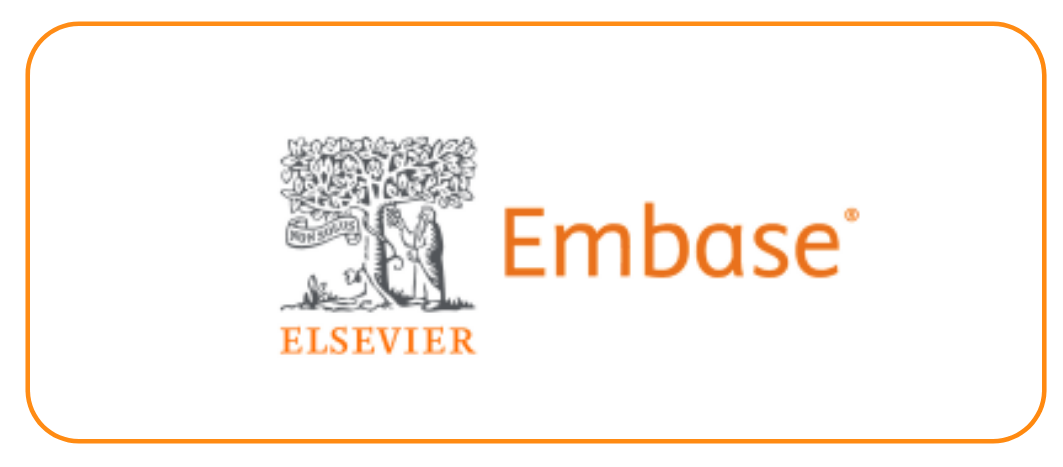AI-Powered Skin Cancer Detection Using A CNN-Transformer Hybrid Model
DOI:
https://doi.org/10.69980/ajpr.v28i5.357Keywords:
Skin Cancer Detection, EfficientNet, Vision Transformer, Hybrid Deep Learning, Medical Image Analysis.Abstract
This study details the development and implementation of a deep-learning-based automated skin analysis skin scan application. A hybrid model combining EfficientNet and Vision Transformer (ViT) was proposed to increase the accuracy of lesion classification. While EfficientNet retrieves fine-grained spatial characteristics, ViT gathers global contextual links and performs better in terms of accuracy than ViTs and solo CNNs, especially when it comes to identifying difficult cases. The model was trained and validated using the HAM10000 dataset. This method reduces dependency on conventional dermatological treatments by providing an easy-to-use and accessible AI-driven tool for early skin cancer detection.
References
[1] O. Abuzaghleh, B. D. Barkana, et M. Faezipour, "Noninvasive real-time automated skin lesion analysis system for melanoma early detection and prevention," IEEE J. Transl. Eng. Heal. Med., vol. 3, pp. 1-12, 2015. [DOI:10.1109/JTEHM.2015.2419612].
[2] I. Kousis, I. Perikos, I. Hatzilygeroudis, and M. Virvou, “Deep learning methods for accurate skin cancer recognition and mobile application,” Electronics, vol. 11, no. 9, p. 1294, 2022.
[3] R. Sulthana, V. Chamola, Z. Hussain, F. Albalwy, and A. Hussain, “A novel end-to-end deep convolutional neural network based skin lesion classification framework,” Expert Systems with Applications, vol. 246, p. 123056, 2024
[4] H.A. Haenssle, C. Fink, R. Schneiderbauer, F. Toberer, T. Buhl, A. Blum, A. Kalloo, A. B. H. Hassen, L. Thomas, A. Enk, and L. Uhlmann, “Man against machine: diagnostic performance of a deep learning convolutional neural network for dermoscopic melanoma recognition in comparison to 58 dermatologists,” Annals of oncology, 29(8), pp.1836-1842, 2018.
[5] Barman M, Choudhury JP, Biswas S. Automated detection of melanoma skin disease using classification algorithm. In: Dasgupta K, Mukhopadhyay S, Mandal JK, Dutta P, eds. Computational Intelligence in Communications and Business Analytics. CICBA 2023. Communications in Computer and Information Science. Vol 1955. Springer; 2024: 153-164. doi:10.1007/978-3-031-48876-4_14.
[6] U.-O. Dorj, K.-K. Lee, J.-Y. Choi, and M. Lee, "The skin cancer classification using deep convolutional neural network," Multimed. Tools Appl., vol. 77, no. 8, pp. 9909–9924, 2018.
[7] M. R. Hasan, M. I. Fatemi, M. Monirujjaman Khan, M. Kaur, and A. Zaguia, "Comparative analysis of skin cancer (benign vs. Malignant) detection using convolutional neural networks," J. Healthc. Eng., vol. 2021, p. 5895156, 2021.
[8] X. Li, C. Wang, L. Zhang, X. Gao, and Y. Liu, “Attention-based deep ensemble model for skin lesion classification,” IEEE Transactions on Medical Imaging, vol. 39, no. 11, pp. 3693–3704, 2020.
[9] Y. Liu, A. Jain, and e. a. Eng, Christina, “A deep learning system for differential diagnosis of skin diseases,” Nature Medicine, vol. 26, no. 6, pp. 900–908, 2019.
[10] P. Tschandl, C. Rosendahl, and H. Kittler, “The ham10000 dataset: A large collection of multi-source dermatoscopic images of common pigmented skin lesions,” Scientific Data, vol. 5, p. 180161, 2018.
[11] T. C. Pham, C. M. Luong, and V. C. Hoang, “A comprehensive study on classification of skin lesions using convolutional neural networks,” IEEE Access, vol. 9, pp. 39843–39851, 2021.
[12] Leffell, D. J., & Brash, D. E. (1996). Sunlight and Skin Cancer. Scientific American, 275(1), 52–59.
[13] Miller, A. J., & Mihm, M. C., Jr (2006). Melanoma. The New England journal of medicine, 355(1), 51–65.
[14] N. Deniz and C. Tastimur, "Skin Cancer Detection Based on YOLOv8 Through A Mobile Application," in Proc. 8th Int. Artif. Intell. Data Process. Symp. (IDAP'24), Malatya, Türkiye, Sep. 2024, pp. 1–6. doi: 10.1109/IDAP64064.2024.10711093.
[15] Z. Li, "A Skin Cancer Detection System Based on CNN with Hair Removal," in Proc. 2023 IEEE 3rd Int. Conf. Power, Electron. Comput. Appl. (ICPECA), Shenyang, China, Jan. 2023, pp. 1291–1294. doi: 10.1109/ICPECA56706.2023.10076164.
[16] R. Thinakaran, J. Somasekar, V. Neerugatti, and K. Ganga, "Advancements in Skin Cancer Detection: A Comprehensive Review of Convolutional Neural Network Approaches," in Proc. 2024 14th Int. Conf. Softw. Technol. Eng. (ICSTE), pp. 232–235. doi: 10.1109/ICSTE63875.2024.00047.
[17] S. M. Afifi, R. Kaur, H. GholamHosseini, O. Azzam, and R. Taha, "Deep Learning-Powered Mobile Application For Early Skin Cancer Detection," in Proc. 2024 11th Int. Conf. Soft Comput. & Mach. Intell. (ISCMI), pp. 318–321, 2024. doi: 10.1109/ISCMI63661.2024.10851700.
[18] M. A. Riyadi, A. Ayuningtias, and R. R. Isnanto, "Detection and Classification of Skin Cancer Using YOLOv8n," in Proc. 2024 11th Int. Conf. Electr. Eng., Comput. Sci. & Informatics (EECSI), Sep. 2024. doi: 10.1109/EECSI63442.2024.10776505.
[19] S. Sharma, S. Kaur, and N. Kaur, "Ensemble of CNN based Deep Learning Model for the Recognition of Skin Cancer Images," in Proc. 2024 IEEE 5th India Council Int. Subsections Conf. (INDISCON), 2024. doi: 10.1109/INDISCON62179.2024.10744259.
[20] M. Muskan, P. Venkateshwari, and D. Chandra Mohan, "Hierarchical Deep Learning Model for Skin Cancer Detection and Skin Disease Diagnosis," in Proc. 2024 3rd IEEE Delhi Section Flagship Conf. (DELCON), 2024. doi: 10.1109/DELCON64804.2024.10866731.
[21] K. Iqtidar, S. Aziz, A. Iqtidar, M. U. Khan, and W. Ali, "Image Pattern Analysis towards Classification of Skin Cancer through Dermoscopic Images," in Proc. 2020 First Int. Conf. Smart Syst. Emerging Technol. (SMARTTECH), 2020. doi: 10.1109/SMART-TECH49988.2020.00055.
[22] R. Pillai, N. Sharma, and R. Gupta, "Proposed Convolution Neural Network for Skin Cancer Diagnosis and Classification," in Proc. 2023 Int. Conf. Recent Advances in Electr., Electron. & Digital Healthcare Technol. (REEDCON), 2023. doi: 10.1109/REEDCON57544.2023.10151029.
[23] V. Aadiwal, B. Sharma, and D. P. Yadav, "Revolutionizing Dermatology: Novel Convolutional Neural Network Framework for Skin Cancer Detection," in Proc. 2024 3rd Int. Conf. Advancement in Technol. (ICONAT), Goa, India, Sep. 2024. doi: 10.1109/ICONAT61936.2024.10774995.
[24] D. C. Carvajal, B. M. Delgado, D. G. Ibarra, and L. C. Ariza, "Skin Cancer Classification in Dermatological Images Based on a Dense Hybrid Algorithm," in Proc. 2022 IEEE Int. Conf. Electronics, Electr. Eng. & Comput. (INTERCON), 2022. doi: 10.1109/INTERCON55795.2022.9870129.
[25] Madhan, S. and Kalaiselvan, A. (2024) ‘Omics data classification using constitutive artificial neural network optimized with single candidate optimizer’, Network: Computation in Neural Systems, 36(2), pp. 343–367. doi: 10.1080/0954898X.2024.2348726.
Downloads
Published
Issue
Section
License
Copyright (c) 2025 American Journal of Psychiatric Rehabilitation

This work is licensed under a Creative Commons Attribution 4.0 International License.
This is an Open Access article distributed under the terms of the Creative Commons Attribution 4.0 International License permitting all use, distribution, and reproduction in any medium, provided the work is properly cited.









